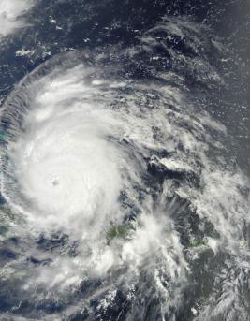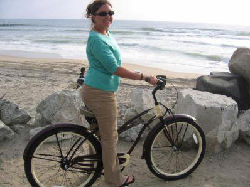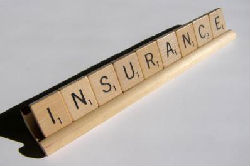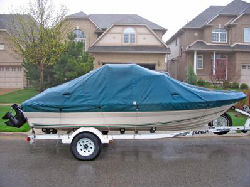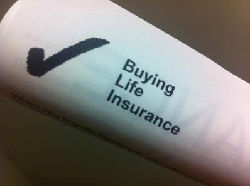What to Bring on Your Bike Ride
[youtube http://www.youtube.com/watch?v=fWIbS8Y4pEc&w=560&h=315]
When you’re preparing to take a bicycle ride, no matter where or how far you plan to go, you need to make sure that you have a few key items with you. A few may be common sense, but there are others that may not be as straightforward.
Here at Vargas and Vargas Insurance, we want to make sure that you are always safe, so make sure that you are prepared the next time you go out for a spin by considering this list of items:
Necessities and Must-Haves
Water – This one should be a no-brainer. You need to have water with you when you exercise, and bicycling is no exception. If your bike doesn’t have a place to keep a water bottle, there are many options that you can install yourself.
Safety Gear – You should always wear a helmet when you ride. It’s also a good idea to make sure that you wear brightly colored or reflective clothing, especially if you’re going to be biking at night.
Identification – In case of emergency, it’s always a good idea to bring identification with you on your trips. If you don’t want to bring your driver’s license, consider investing in an identification bracelet.
Cell Phone – This is another must-have in case of an emergency. If something happens to you or your bike, you’ll need a way to contact someone for help. You may also want to bring along some cash or a credit card. Make sure that you have at least enough money to pay for a taxi ride back home.
Optional but Helpful Items
Snacks – If you’re planning on biking for more than an hour or two, you should think about bringing along a little bit of food. Make sure that you reach for something healthy and nourishing, like a protein bar or trail mix.
Bike Lock – Are you planning to stop anywhere during your ride? If so, you should bring along a bike lock. This will help to ensure that your bike will be waiting for you upon your return.
First Aid – Cuts and scrapes happen to even the most experienced of riders. You can ease the pain by bringing along a small first aid kit. Consider including some antiseptic wipes and bandages, and a couple of aspirin in case you start to get a headache. Also think about bringing a first aid kit for your bike! An air pump and a couple of hex keys may come in handy if you ever need a quick fix in the middle of a ride.
Sun Protection – For most people, it’s a reflex to grab a pair of sunglasses as they walk out the door. While this is a good practice for bike riders, it’s not enough to protect you from the sun. in addition to your sunglasses, make sure that you also put on sunscreen before you leave, and reapply according to the directions on the package.
Bag or Basket – If you’re thinking about bringing all the necessary and optional items listed above, you may need a way to carry them all! A bike bag or basket will help you store your ID and phone, as well as your snacks, first aid kit, and extra sunscreen.
New or Coming Soon – Innovations
Barbumps – If you find your hands uncomfortable or achy after a bike ride, your handlebars may be to blame. This Kickstarter is all about making handlebars more comfy and relieving the pressure that many cyclists experience.
Statement Bike Rack – After a successful Kickstarter campaign, this elegant and functional bike rack will soon be available to consumers. A bike rack is a great way to store your bike while it isn’t in use. It even helps to make sure that your bike stays off your garage’s floor and out of harm’s way – and this one does it in style!
Silva Cycle Atom – Have you ever wished that you could convert your energy into power? Look no further! With this device, you can charge a battery pack, light, or even your cell phone!
And remember, if you have any questions about bicycles or cycling, call our friend Ashmont Cycles at 617-282-6552, and stay tuned to the Vargas and Vargas Insurance Agency Facebook page to learn more about how you could win a “Street Cruiser” bike from Ashmont Cycles!





